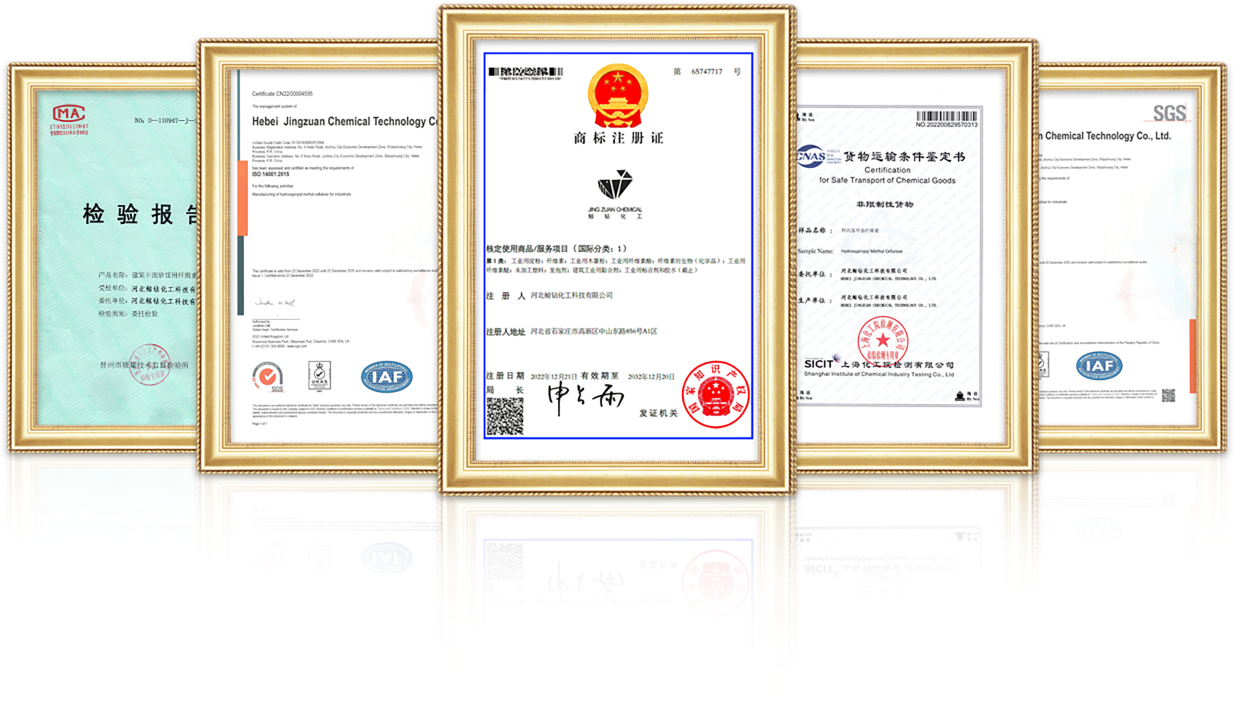
Aug . 14, 2024 14:55 Back to list
Chemical Composition and Structural Analysis of Hydroxypropyl Methylcellulose in Various Applications
The Chemical Structure of Hydroxypropyl Methylcellulose (HPMC)
Hydroxypropyl Methylcellulose (HPMC) is a modified cellulose derivative widely used in various industries, including pharmaceuticals, food, construction, and cosmetics. Understanding its chemical structure is crucial to appreciating its functional properties and applications.
Chemical Composition
HPMC is synthesized from cellulose, a naturally occurring polymer made of β-D-glucose units linked by β(1→4) glycosidic bonds. The modification of cellulose to produce HPMC involves two key processes methylation and hydroxypropylation. Methyl groups (–OCH3) are introduced to the cellulose backbone, replacing some of the hydroxyl groups (–OH), while hydroxypropyl groups (–O-CH(CH3)2) are added to enhance solubility and functional properties. The resulting structure maintains the fibrous backbone of cellulose but introduces hydrophobic and hydrophilic characteristics that significantly affect its behavior in solution.
The degree of substitution (DS), which indicates the average number of hydroxyl groups replaced by methyl or hydroxypropyl groups, plays a critical role in determining the solubility, viscosity, and gelation properties of HPMC. Products with a higher DS tend to be more soluble in water and exhibit lower viscosity.
Structural Formula
The structural representation of HPMC reveals a complex architecture with numerous functional groups. The cellulose backbone retains the linear arrangement of glucose units, while the methyl and hydroxypropyl groups project from the main chain. Typically, the chemical formula for HPMC can be expressed as
\[ \text{C}_6\text{H}_{10}\text{O}_5\text{ (OCH}_3)_m\text{ (OCH(CH}_3)_2)_n} \]
chemical structure of hpmc

where \( m \) and \( n \) denote the degree of methylation and hydroxypropylation, respectively. This formula reflects the modified structure in which both the hydrophobic and hydrophilic properties coexist, allowing HPMC to interact with water in unique ways.
Properties and Applications
The unique chemical structure of HPMC imparts various properties that make it a versatile agent in numerous applications. One of its most significant properties is its ability to form stable gels and films, which is particularly valuable in the pharmaceutical industry for controlled drug release systems. The gelation occurs when HPMC is hydrated, leading to the formation of a viscous solution that can transition into a gel under specific conditions.
In the food industry, HPMC serves as a thickening and emulsifying agent, improving texture and stability in products such as sauces, dressings, and baked goods. Its mild nature and non-toxic profile make it a favored additive in food formulations.
In construction, HPMC enhances the workability, adhesion, and water retention of mortar and plaster, making it indispensable in the preparation of building materials. Additionally, its water-soluble nature ensures that it can be easily incorporated into various formulations without altering their essential characteristics.
In cosmetics, HPMC is utilized for its thickening and stabilizing properties, found in products ranging from creams and lotions to shampoos. Its ability to form a barrier on the skin leads to improved moisture retention and overall product performance.
Conclusion
The chemical structure of Hydroxypropyl Methylcellulose is a testament to its multifunctionality and effectiveness across various industries. Its unique blend of hydrophilic and hydrophobic properties, derived from its cellulose backbone and chemical modifications, allows it to serve essential roles in pharmaceuticals, food production, construction, and cosmetics. As research continues to explore and enhance HPMC’s applications, its significance in technological advancements and consumer products remains steadfast. Understanding its structure is pivotal to unlocking its full potential in innovating solutions for diverse challenges.
-
Versatile Hpmc Uses in Different Industries
NewsJun.19,2025
-
Redispersible Powder's Role in Enhancing Durability of Construction Products
NewsJun.19,2025
-
Hydroxyethyl Cellulose Applications Driving Green Industrial Processes
NewsJun.19,2025
-
Exploring Different Redispersible Polymer Powder
NewsJun.19,2025
-
Choosing the Right Mortar Bonding Agent
NewsJun.19,2025
-
Applications and Significance of China Hpmc in Modern Industries
NewsJun.19,2025







